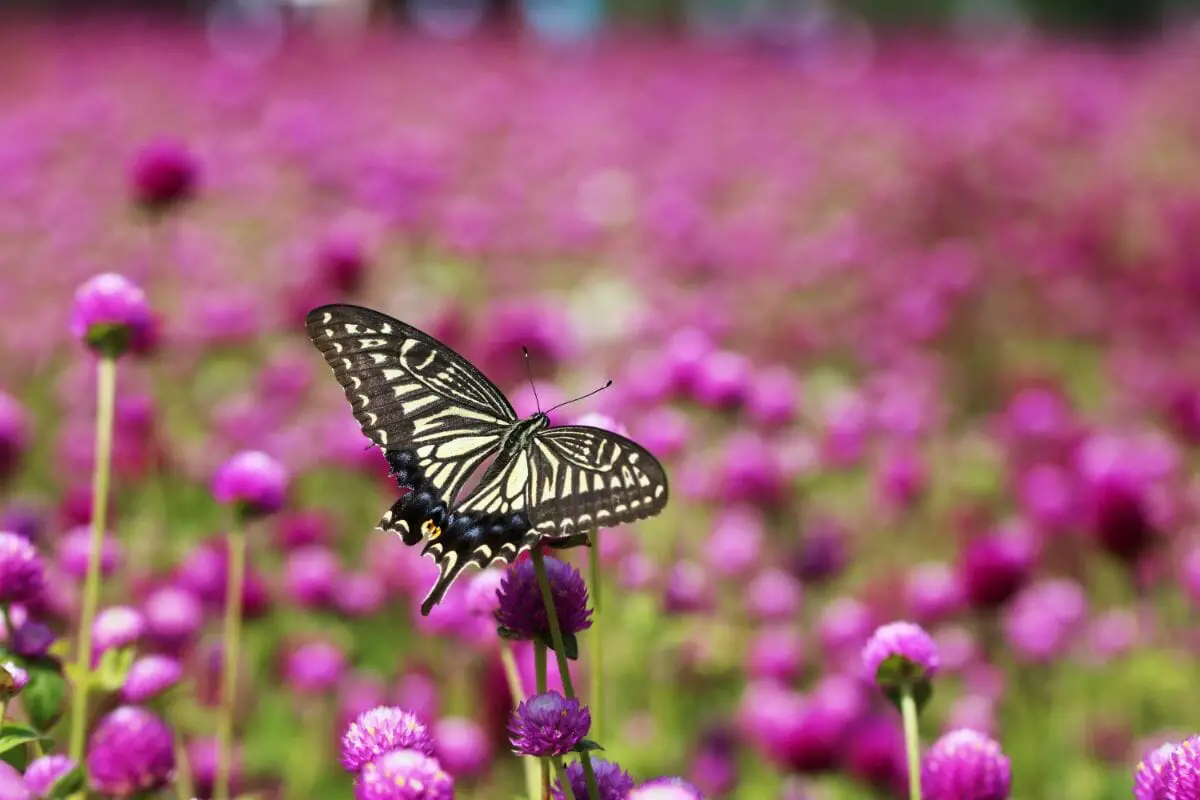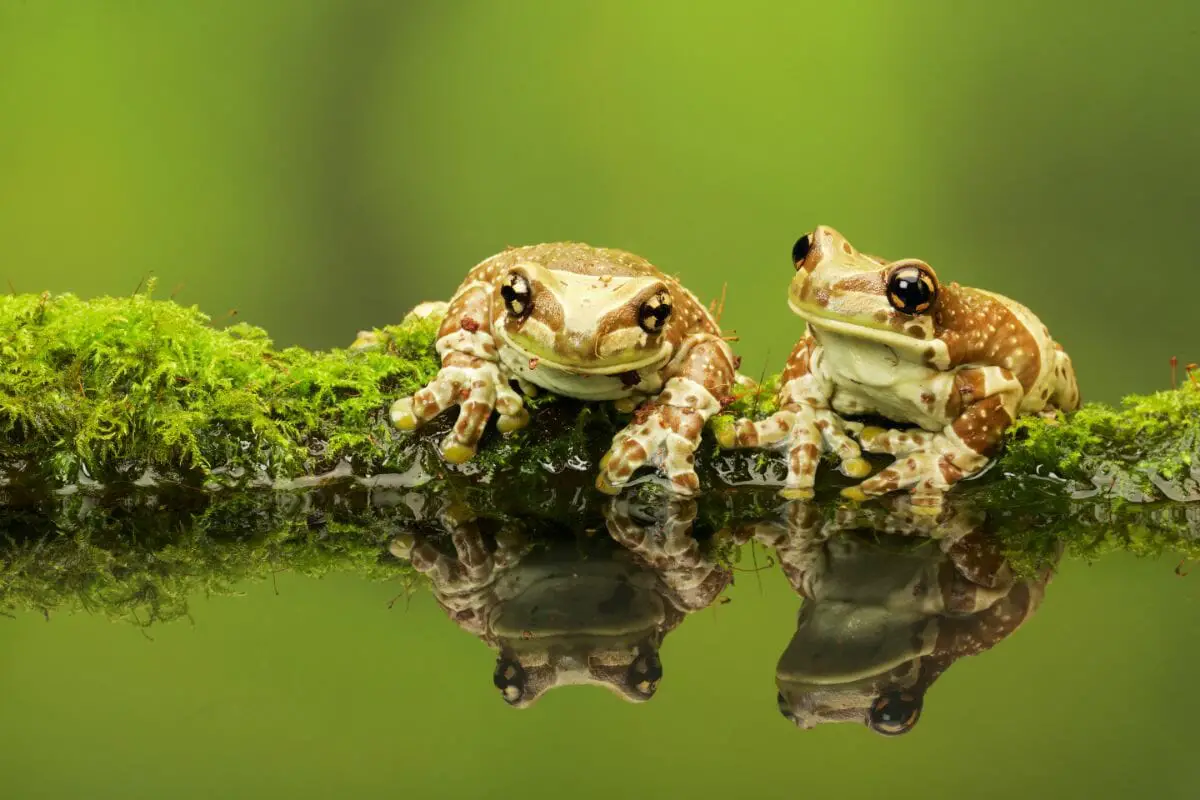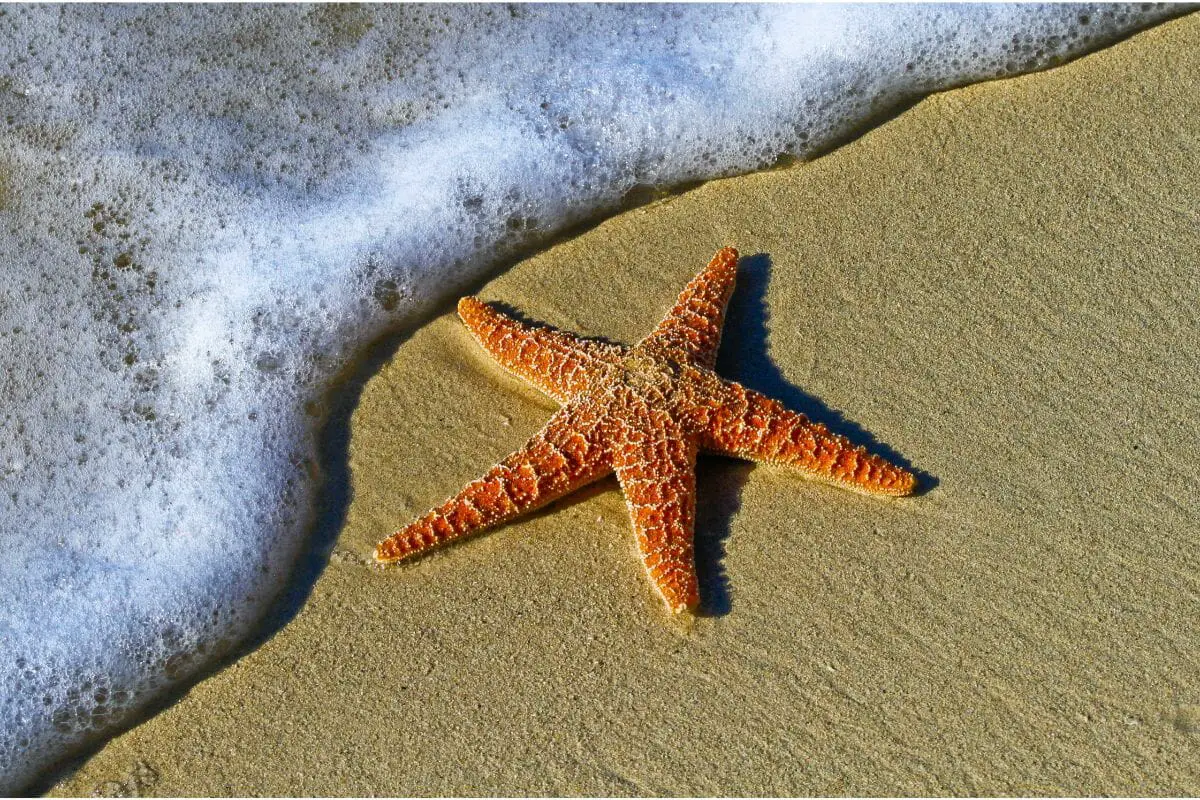Transformation in the animal kingdom is a captivating phenomenon. From caterpillars turning into butterflies to tadpoles becoming frogs, metamorphosis showcases nature’s extraordinary ability to change. However, understanding these processes can be challenging and leave many curious minds with questions.
What triggers these transformations? Why do some animals undergo complete metamorphosis while others only experience incomplete changes? These complexities can be puzzling, making it difficult to grasp the full scope of animal transformations.
In this article, we’ll unravel the mysteries of metamorphosis. You’ll discover the stages of both complete and incomplete metamorphosis, and learn about the fascinating creatures that undergo these transformations.
Butterflies

First on our list is butterflies! Butterflies are perhaps the most famous insects that go through metamorphosis. They are often used as a symbol of positive transformation and change in our lives.
Butterflies are insects that can be found worldwide. They are herbivores and primarily eat nectar. Butterflies will first begin as an egg that hatches into a caterpillar.
Caterpillars eat plants and quickly grow to a bigger size. This also builds up their reserves of energy to help them through their transformation.
The next stage is complete metamorphosis. The caterpillar will release enzymes to dissolve its body, turning it into liquid. It will attach itself to something solid using silk and creates a chrysalis for itself.
After this, it will begin to grow and change. Once complete, the pupa will shed its skin cells and the chrysalis will begin to fall apart. The result is a beautiful butterfly.
Starfish

The crown of thorns starfish can be found in the Indo-Pacific region of the ocean. It is covered in many poisonous spines that help to defend it from predators.
However, they will also cause extreme pain to humans if someone is unfortunate enough to stand on one!
Starfish initially have a totally different shape. They start off as gastrula, and their outer cells are ciliated. Eventually, the gastrula will begin to elongate, and the cilia become restricted to certain parts of the body.
In the next stage of the complete metamorphosis, the gastrula will transform into larvae, and eventually, these larvae will grow arms and spikes and eventually become starfish. Starfish will attach themselves to rocks and then spend their days eating coral.
Termites
Termites primarily live in rainforests, but they can be found all over the world. They like to eat plant material, like leaves, but love to eat wood.
Termites do not undergo complete metamorphosis, but incomplete metamorphosis, meaning their life cycle is different from eusocial insects like bees, wasps, and ants. What it means, in simple terms, is that their transformation is very gradual.
Termites go through three stages of metamorphosis: egg, nymph, and adult. They will remain eggs for four weeks, and they will remain nymphs for around a month. However, this can change depending on the species of termite and the ecosystem they live in.
Frogs
Next, we have frogs! Frogs are amphibians that can be found all over the world. They start off as tiny eggs clumped together, which is also known as frogspawn.
This typically happens at the beginning of spring just as the weather begins to grow warmer. Frogspawn can typically be found just below the water’s surface.
These eggs will hatch after 1-3 weeks and become tadpoles. Tadpoles have mouths, gills, and tails that help them to swim. This is the larvae stage of a frog’s life, meaning they go through a complete metamorphosis.
Tadpoles do not swim around a lot for at least a week after they are born. However, eventually, they venture out into the water and eat plant material.
Over the next 3-4 months, the tadpoles will begin to change into frogs, growing legs, a change in body shape, and eventually, they gain the ability to eat insects. Their tails will begin to shrink and their gills will be replaced with skin.
Once they have finished their metamorphosis, they are fully-grown frogs ready to venture out into the world!
Grasshoppers
Grasshoppers are insects that can be found all over the world. They are herbivores that primarily eat a variety of different plants.
There are an estimated 11,000-12,00 species of grasshopper in the world. They can grow between 2-5 inches, with female grasshoppers typically being larger than male grasshoppers.

Grasshoppers go through an incomplete metamorphosis, but there are many nymph stages involved in this.
Young grasshoppers start off as eggs, before eventually hatching into their adult forms. However, they hatch without an external skeleton, which develops as they grow.
The incomplete metamorphosis of a grasshopper takes about two months to complete. At the beginning of the process, female grasshoppers will lay eggs during the summer and fall.
The eggs will band together to form a pod. The number of eggs in a pod depends on the species of grasshopper, and it can change from hundreds and hundreds of eggs to a small few. In most species, though, female grasshoppers will bury their pods to protect them.
The next stage of a grasshopper’s metamorphosis is the nymph stage. The eggs will hatch into nymphs, and they enjoy eating foliage from plants. Grasshoppers will shed between 5-6 times during the nymph stage and will become adults after this.
The lifespan of a grasshopper is around 1 year.
Spiders
Spiders are another insect that goes through metamorphosis. They can be found all over the world, and are often unwelcome guests in homes! Spiders will go through an incomplete metamorphosis in three stages – egg, spiderling, and adult.
Spiders will drop their eggs into silk sacs and secure them to their webs. However, sometimes they will carry the silk sacs until they are ready to hatch.
However, the process differs between spider species – the wolf spider, for example, will bite the eggs open and let the spiderlings live on her back for at least a week.
The second stage, spiderlings, look very similar to adult spiders except they are smaller. This is an immature phase of the spider’s life cycle.
Spiderlings can walk straight away but some of them will travel by ballooning – the act of spinning silk to catch the wind in order to travel amazing distances.
As they continue to grow, spiders will molt. At this stage, they are still guarded by their mother because they are very vulnerable after they have shed.
After this stage is over, spiders become adults and will live between 1-2 years. Although, it is important to note that tarantulas have very long lives, with female tarantulas living up to 20 years!
Ladybugs
Like butterflies, ladybugs go through a complete metamorphosis. Like all other creatures on this list, this metamorphosis starts with an egg.
Female ladybugs can lay anywhere between 5-30 eggs and they will usually be situated on plants with plenty of prey for the baby ladybugs to feed on when they hatch – aphids in particular.
After 2-10 days, the eggs will hatch into larvae. The larvae of ladybugs look similar to a very small alligator, they both have bumpy exoskeletons and elongated bodies. Ladybug larvae eat a lot, with just one being able to consume around 400 aphids before becoming an adult!
The larvae will eat until it becomes too big for their shells, and then they will begin to molt. When molting, the larvae enter their second instar. They usually molt in 4 stages before going into their pupate stage.
After these 4 stages, the larvae are ready to transform into their adult stage.
This transformation stage is sometimes known as the pupal stage and can last anywhere between 7-14 days! A ladybug in this stage is either orange or yellow and is beginning to show black markings.

Histoblasts, a type of cell, take over the transformation of a ladybug, controlling the biochemical process where the body of the larvae is broken down, and subsequently transformed into a ladybug.
When an adult ladybug first emerges from the pupal stage, its exoskeleton is soft which makes it very vulnerable to other creatures.
However, the exoskeleton will eventually harden. Adult ladybugs are also quite yellow and pale. However, pretty soon their bodies change to their characteristic red color.
FAQs
What is metamorphosis in animals?
Metamorphosis is a biological process where an animal undergoes a significant change in form and structure from one life stage to another, often from an egg to an adult. This transformation can be either complete (with four stages) or incomplete (with three stages).
What animals undergo incomplete metamorphosis?
Animals like grasshoppers, termites, and spiders undergo incomplete metamorphosis. They have three stages: egg, nymph, and adult. The nymphs often resemble smaller versions of the adult form and gradually develop into mature adults.
Why do some animals undergo metamorphosis?
Metamorphosis allows animals to adapt to different environmental conditions and life stages. It helps in resource allocation, survival, and reproduction by enabling them to exploit different habitats and food sources at various stages of their lives.
How do environmental factors influence metamorphosis?
Environmental factors such as temperature, humidity, and availability of food can significantly impact the timing and success of metamorphosis. These factors influence growth rates, developmental stages, and the overall health of the transforming animal.
Final Thoughts
Metamorphosis is another word for transformation, where a creature changes from one form to another. There are two types of metamorphosis – complete and incomplete.
Both are very similar to each other, but an incomplete metamorphosis typically involves three stages instead of four, known as egg, nymph, and adult.
Meanwhile, a complete metamorphosis generally involves four stages, and the creatures that hatch from the eggs are known as larvae, not nymphs.
There are certain types of animals that go through a metamorphosis – insects, amphibians, and fish. Butterflies and ladybugs are just two examples of creatures that go through a complete metamorphosis.
Their eggs will hatch into larvae before going through a pupal stage, and eventually emerging into the beautiful creatures we know and love.
Meanwhile, creatures like grasshoppers, spiders, and termites will go through an incomplete metamorphosis, often hatching to look like smaller versions of their adult counterparts.
We hope this article taught you all you need to know about animals that can transform!
- What Should I Do If A Koala Bites Me? Safety Guide - 2024-05-30
- Are Kangaroos Born Without Hind Legs? A Fascinating Journey - 2024-05-30
- Animals That Look Like Squirrels - 2024-05-30









